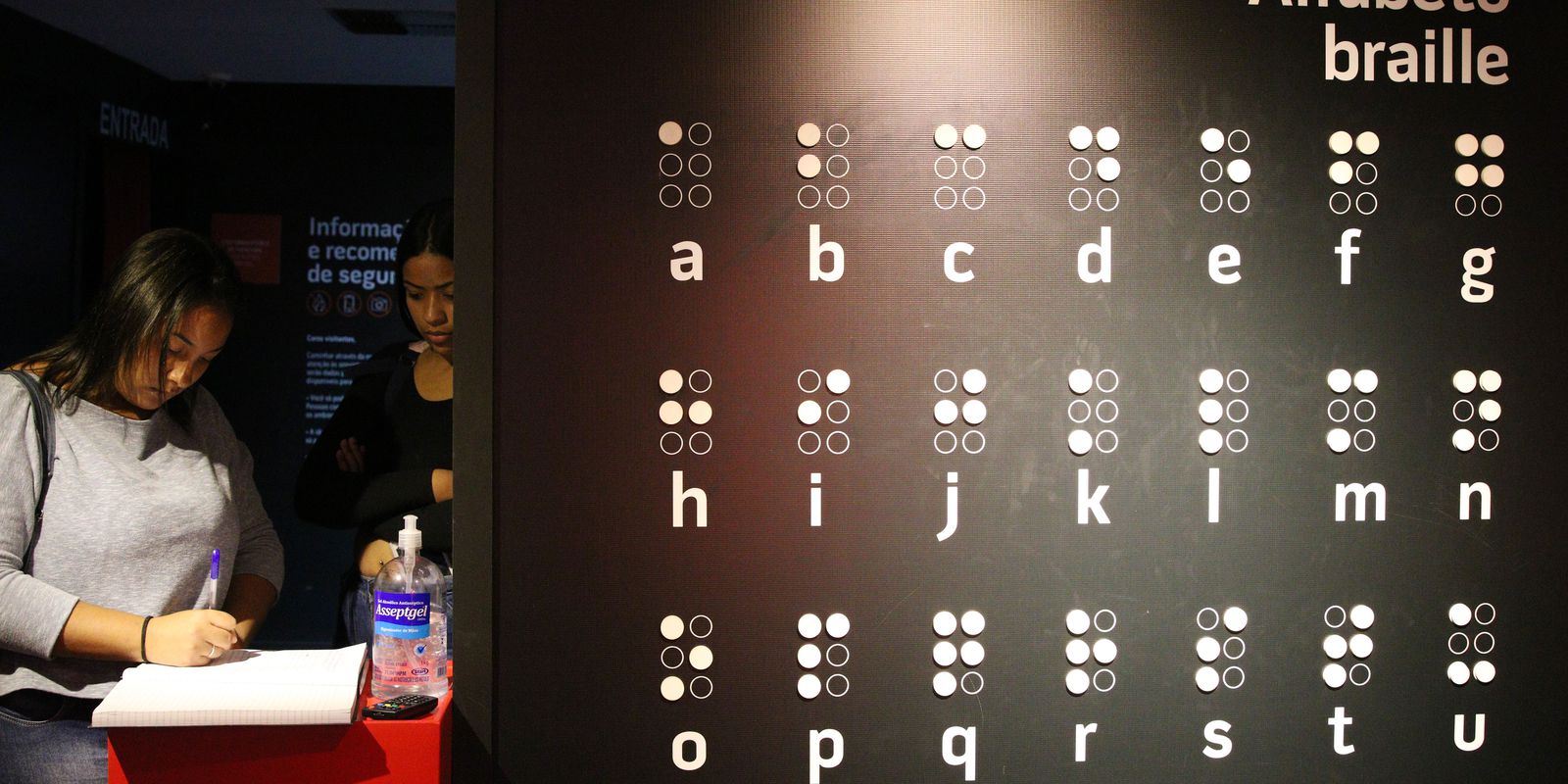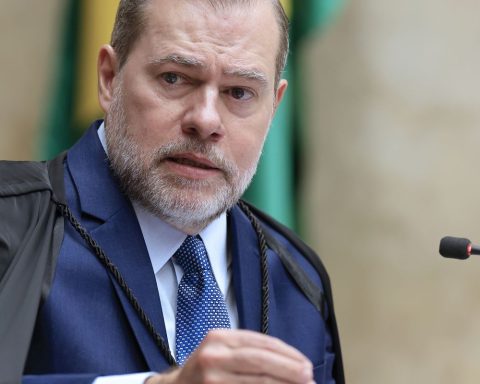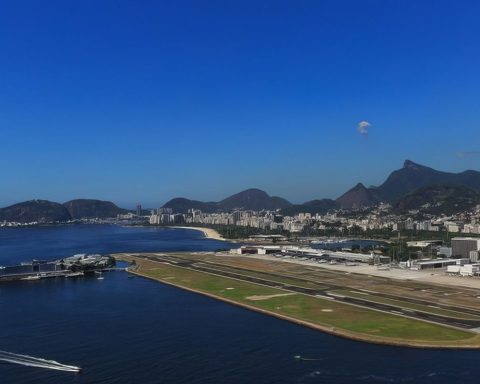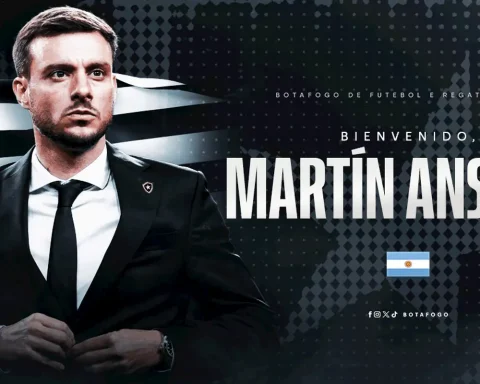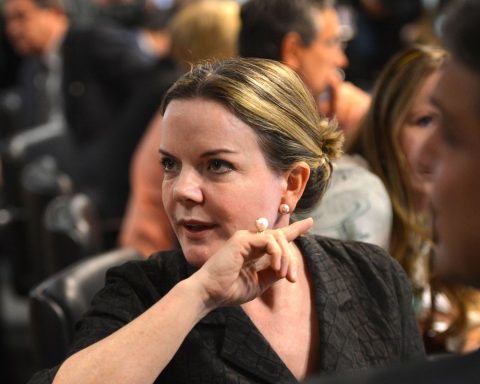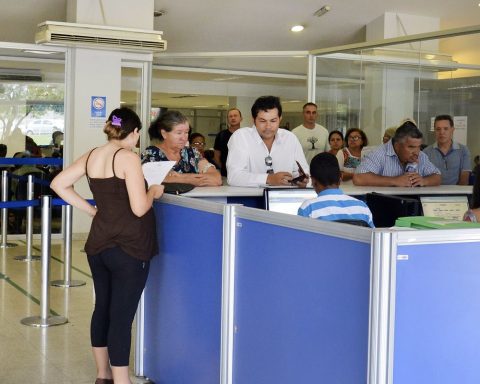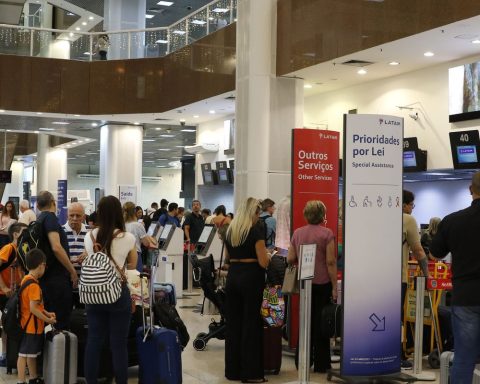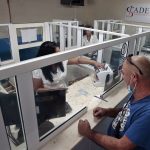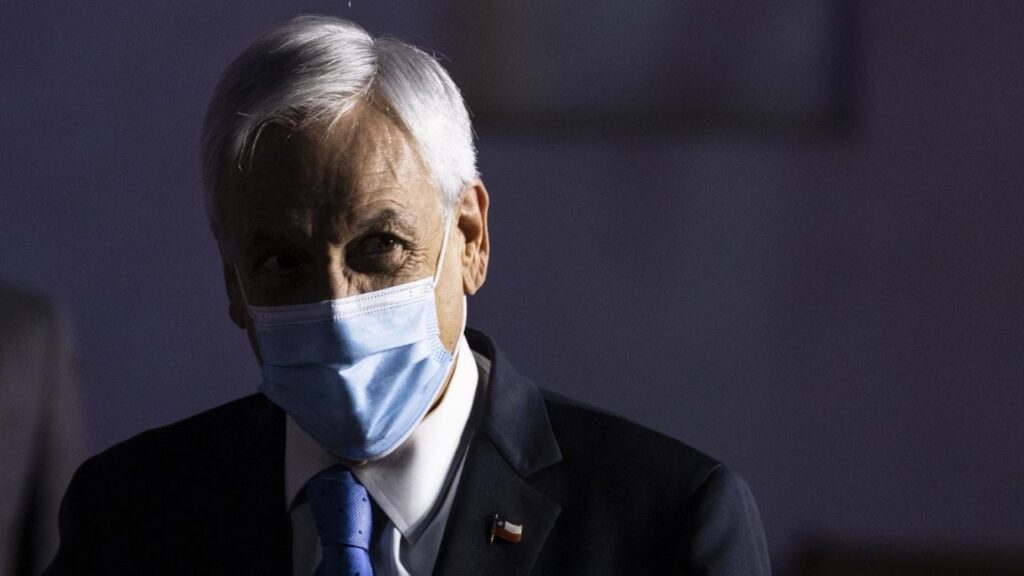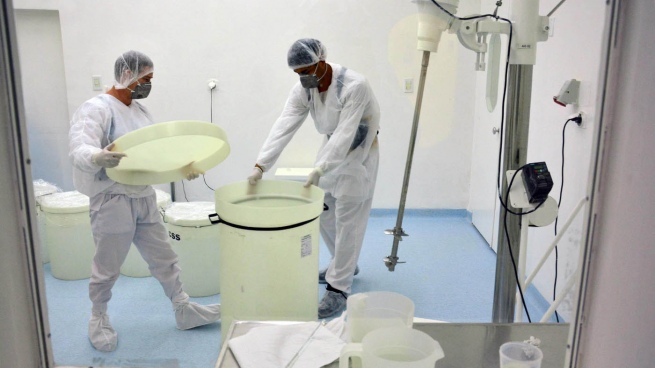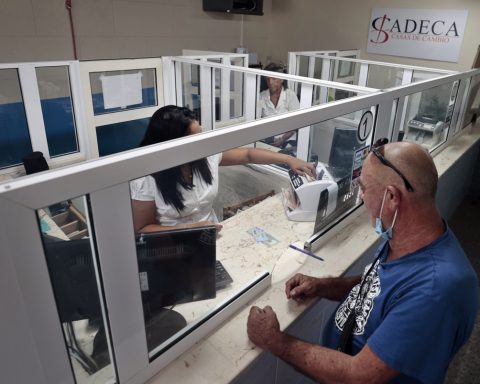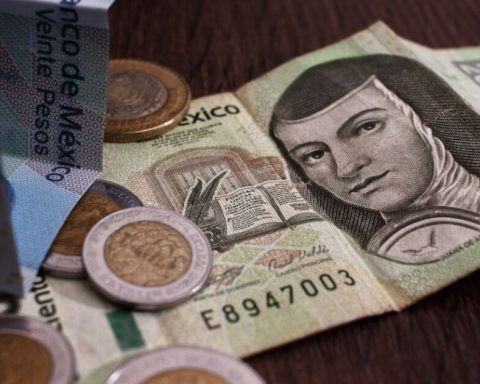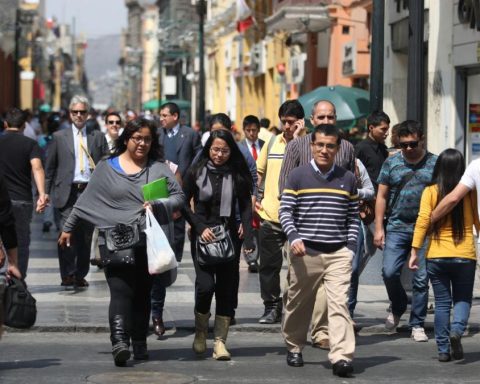Imagine a city in total darkness where nothing could be seen and no light could enter. For 45 minutes, you would pass bars, bridges, parks and car intersections, but they would only be perceived through sounds, smells or touches. This is the sensation proposed by the new exhibition on display at Unibes Cultural, which is next to the Sumaré Metro, in São Paulo, called Dialogue in the Dark.
The show, created in Germany, has already been on display in more than 40 countries, including Brazil. She has already passed through São Paulo and is back for another season. “This is an exhibition that was set up in Germany in 1989,” said Andrea Calina, curator of the promotion in Brazil. “She has passed through 170 cities and 47 countries and is today in 29 locations. It has already been seen by ten million people”, she said, in an interview with Brazil Agency.
There are four environments that reproduce a current city. And the idea is that anyone can experience the world in a different way: without the sense of sight, but practicing empathy. “Many of the messages from the show – in addition to inclusion and diversity and discussing the prejudices between us and them, who I look like or who are just like me – also bring reflections on the post-pandemic period, what active listening is like, human communication, solidarity, cooperation, compassion”, explained Andrea.
Upon entering the exhibition room, the person receives a cane on which one hand will always be supported. With the help of a guide, the visitor will explore the environments with the other hand and recognize himself as part of a new world.
Blind at 13 years old
At the end, the fun exhibition guide, Sonny Pólito, ends the experience by having a chat with the visitor. It is then that he finally tells his story: he went blind at the age of 13.
“I started to lose my eyesight when I was ten years old. When I was 12 or 13, I stopped seeing books and magazines. But I managed to finish my studies. TodayI graduated, finished college and went through several companies”, he revealed.
Polito is one of the founders of startup [empresa emergente] includes. And, in the exhibition, he is the guide who leads a person with vision to get around a city where nothing is seen. “I was trained to be able to make the experience the best possible. And, if possible, unforgettable,” he said.
“People come in here very scared because it’s dark. It’s a barrier. But in the end, our goal is to make them walk and understand what it’s like to live without a sense of sight. It’s getting a little closer to the darkness and understanding how these people live without seeing. They will go through various environments that are everyday, day to day. And they will understand what it’s like to touch, hear and use their other senses. It’s an exchange: outside people guide me. In here, I can guide people so they can go through this experience,” added the guide.
The report of Brazil Agency participated in this experience together with a group of students and could feel, for example, the difficulty of moving your foot from a higher sidewalk to the street. And then, to have to cross this street quickly, before the traffic lights [sinal luminoso] close again to the pedestrian. Remembering that, in the exhibition, the traffic light is adapted, emitting sound to help pedestrians when they can cross the street. But in everyday life, few of these traffic lights actually exist or work.
Experience
Student and employee of a retail chain Fernando Freire de Oliveira, 18 years old, participated in this group where the report was. “It’s a very different experience. It’s hard for me to orient myself without to have my vision, which is something I pay most attention to in my life,” he said.
“The hardest part was when we got to the bar and it was very open and everyone got lost. Sonny had to look for us in every corner of the room”, he said, about the experience in the exhibition room.
“I didn’t have fear, but a feeling of disorientation, of not knowing where I was, of feeling lost. It’s from to have that I need the help of other people to be able to move. We see here the need to look more at these people who have disabilities”, explained Fernando.
Young apprentice Lucas de Lima Oliveira, 19, is completely visually impaired. “I lost my sight at the age of six due to thrombosis and intracranial pressure. And, for about three or four years now, I’m adapting very well, totally. After I lost my sight, I automatically had the feeling that I would need to adapt to the new world. And now I’m doing everything differently,” he revealed.
Alongside his friends, Lucas also had the experience of the exhibition. And he had no trouble meeting the challenges that were presented by the room. “I managed to orient myself well. It was one of the best rooms [em que estive]. I adapted very quickly. Here, I managed to get around well, but I think that for now to have passing through many places, I always have a dimension of where I am going because of the noise, if it is a very big place”, he said.
He compared the experience in the exhibition room to being in a real city. “It starts with the sidewalks: there are no holes in the sidewalks here. People walk and don’t have these things. When they simulated us crossing the street, here [na exposição] there was no hole. We are not in danger of tripping,” she opined.
Noting that many cities are not prepared to include people with disabilities, Lucas mentioned some difficulties he faces in everyday life. “The streets are not adapted for us. There are holes. The tactile floor is sometimes not present everywhere”, he observed.
For the curator of the show, the exhibition helps to bring about transformations. “This exhibition is very important because it causes a change in society: a change for those who work because it breaks down prejudices and barriers and increases employability; and a change for whoever comes, because the person puts himself in the other’s place, exercising empathy. It is a change for society, making it more inclusive”, concluded Andrea.
The exhibition is free on Thursdays. More information can be obtained at site.
